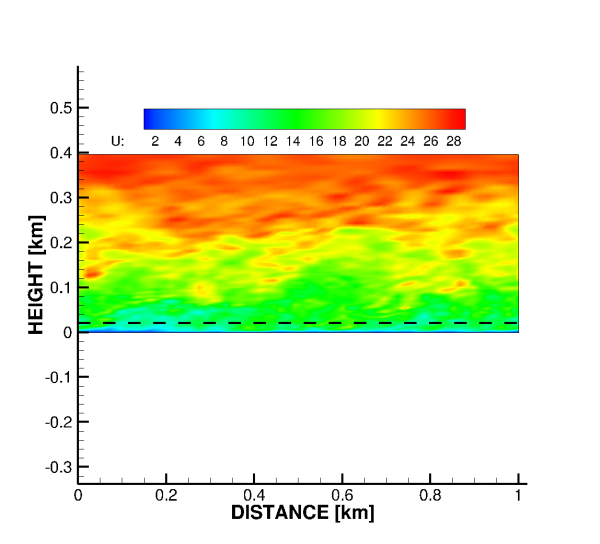 |
|
|
| PhD student: |
Bastian Nebenführ Bastian.Nebenfuhr@chalmers.se |
||||||||
| Supervisor: |
Lars Davidson lada@chalmers.se |
||||||||
| Co-supervisor: |
Shia-Hui Peng, FOI/Chalmers peng@foi.se |
||||||||
| Cooperation: |
DTU Wind Energy, Vattenfall AB, SKF, Teknikgruppen AB, WindVector AB, DIAB| Sponsors: |
Swedish Wind Power Technology Centre (SWPTC) |
Publications: |
[1-2] |
Start of project: |
September 2012 |
End of project: |
- |
|
BACKGROUND Placement of wind power stations in forested regions is an appealing option, since it is often difficult to get permission for putting up wind power stations in vicinity of populated areas. By placing the wind power station in forested areas, the impact on the population is minimized. Unfortunately, the winds above forests have to be distinguished from winds over open sea. It has been observed in experiments and wind measurements in forest sites that the winds above forests are characterized by high levels of turbulence and spontaneous ejections of large vortical structures from the canopy. These specific turbulence characteristics result in heavy and fluctuating aerodynamic loads on the wind turbines. Due to that, faster material fatigue, more frequent maintenance and a reduced lifetime for wind turbines exposed to winds in forested regions can be expected.
PROJECT
In case the forest is directly included in the computational domain, empirical equations are exploited to
model the influence of the forest on the boundary layer flow. A source term is added to the momentum equations, which
represents the increased drag force due to the trees, similar to flow in a porous medium. Experimental and measured
data will finally be used for validation of the numerical simulations. Furthermore, the turbulent fluctuations computed
in the present project will be used as input for load calculations.
REFERENCES
|
|
This page, Fatigue Loads in Forest Regions, should be part of a frames system at www.tfd.chalmers.se/~lada/projects/proind.html by Webmaster: Ingalena Ljungström ilj@flowsim.se |